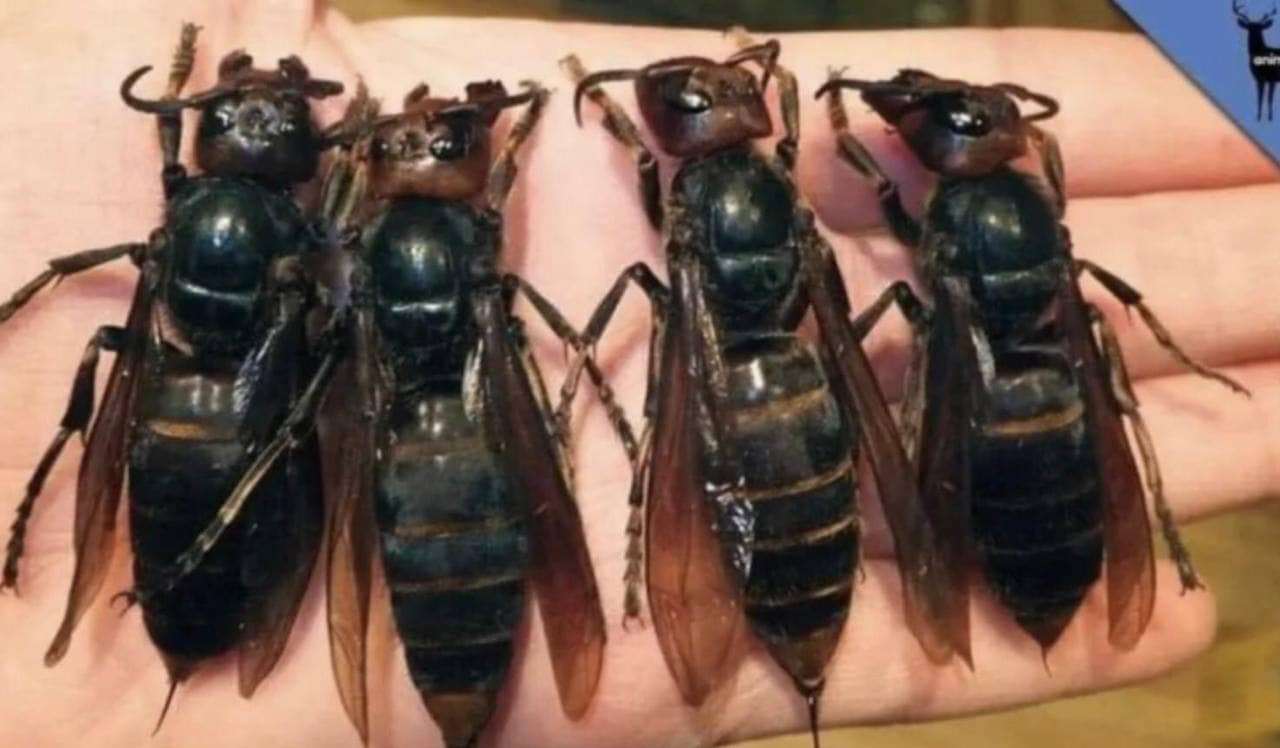This invasive and very destructive insect, regarded as the largest and most hazardous of its type in the world, first appeared in the country in 2019 and has since spread dread and mayhem.
The most recent sighting of this dangerous beast was in Washington in 2021. The discovery caused shockwaves throughout the region, as this “murder hornet” demonstrated aggressive behavior by attacking anything in its path.
The Washington State Department of Agriculture discovered this bug, measuring an impressive 4.4 centimeters in length, on August 11, just 3.2 kilometers from its first sighting in December 2019, near Blaine, Washington.As the frightening term indicates, these hornets are capable of destroying whole beehives.

Their powerful giant mandibles allowed them to murder and decapitate hundreds of bees, seizing control of the hive and preserving it for themselves. They brutally break apart the brood to feed their offspring, wreaking havoc in their wake.
In addition to the risk, the venom from a single sting can kill a human. These “murder hornets” inject large amounts of poison onto their target. While human fatalities from a single sting are uncommon, the danger remains concerning.
In response to this concerning development, the WSDA is taking steps to mitigate the hazard. Entomologists are setting up live traps in the region and plan to tag captured wasps to trace them back to their nests.
This encounter’s proximity to the US-Canada border has spurred officials in that region to set more traps to prevent the spread of these deadly insects. The appearance and spread of the enormous killer wasp, sometimes known as the “murder hornet,” serve as a sharp reminder of nature’s constant hazards. With the potential to decimate bee numbers and damage humans, efforts to monitor, manage, and mitigate this invasive species are critical to ensuring both ecosystem health and public safety.







